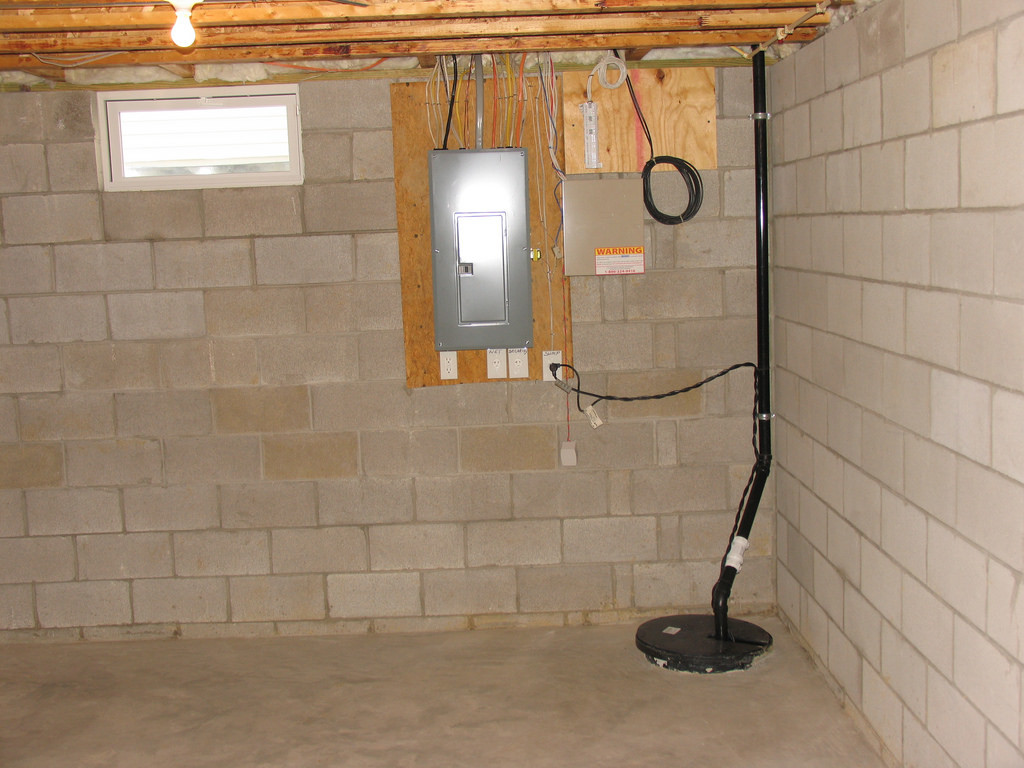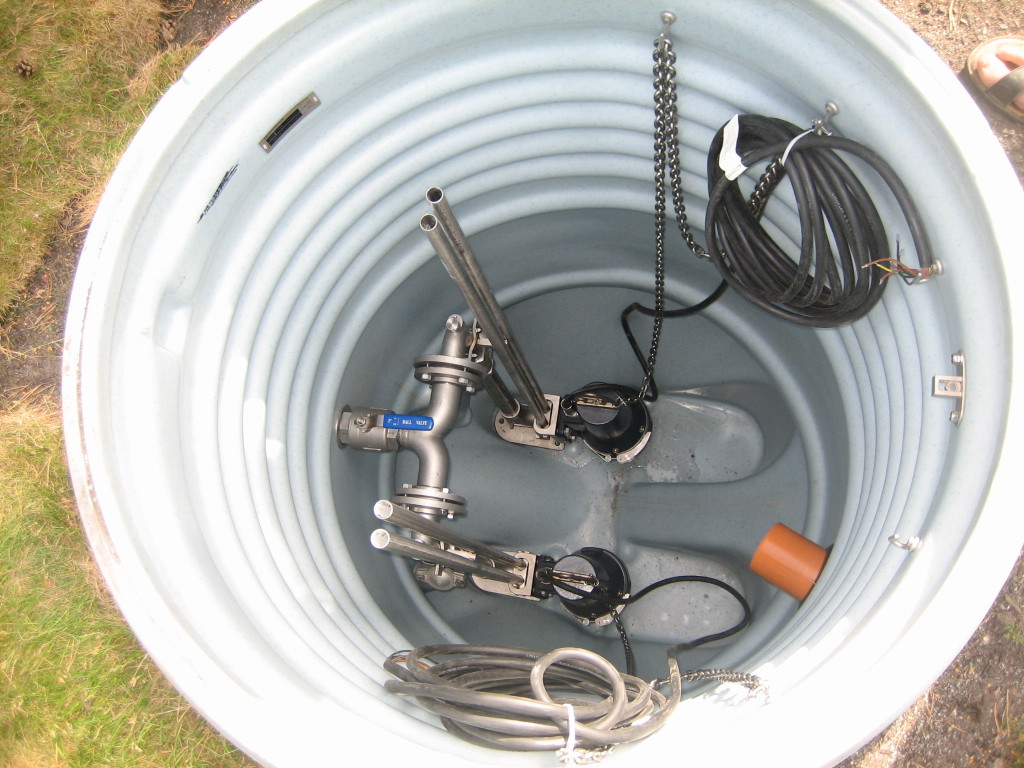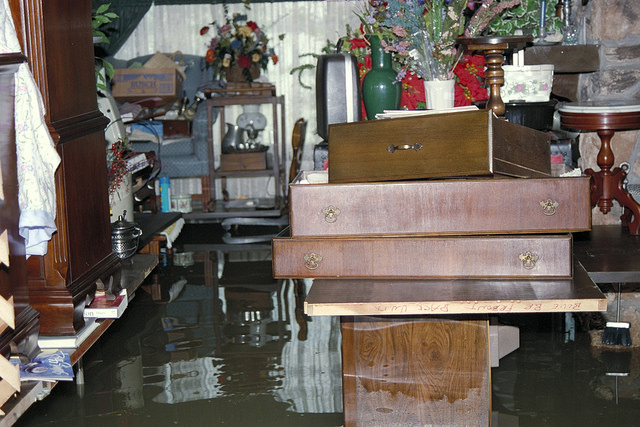Basement flooding and leaking can be a big issue for any owner of a house. No one would like to end up with thousands of dollars of damage, if the foundation of the house is affected. This serious concern can be solved with sump pump.
WHAT IS A SUMP PUMP?

Sump pump is a prevention tool for basement flooding. It has a valuable role in home maintenance, particularly during wet weather. A sump pump is basically a submersible pump which is settled at the bottom of a sump pit, which is typically installed at the lowest point in the basement or crawl space of a house. The work of the sump pump is to throw water out of the sump pit and away from the building foundation so that the basement or the crawl space remains dry. Sump pumps are installed by plumber at places where regular flooding happens and to solve the dampness where the water table is above the foundation of the house. Water pumped out of the sump pit is added to the municipal storm drains, dry wells or detention pond depending on the directed code of that place. A sump pump is triggered by a float switch, only when water inside the sump pit reaches a pre-determined level. As soon as the pump empties the pit to a certain level, the motor turns off.
MAINTENANCE OF SUMP PUMP

- When you find that sump pump is not working efficiently to remove water, inspect for inlet and outlet pipes of the sump pump.
- Check the outlet on the drainage pipe, as depending on its position in the landscape, it could easily become clogged by debris or dirt. Remove anything plugging the end of discharge pipe or attached hose to it.
- Inspect the inlet pipe and remove any debris blocking the inlet.
- If you find the sump pump extremely dirty and covered with dirt, debris, sand or gravel, unplug and carry the pump outside in a bucket and rinse it off with a strong stream of water.
- Search for the main source of debris and install a screen in the down spout to prevent debris clogging the pipe.
- The discharge pipe of the sump pump has a check valve and an anti-siphon device to prevent back flow. Time to time, it should be monitored for any repair or replacement.
- A battery backup is a must, as in case of an electricity failure, the pump would start working on the battery.
- Discharge point of your sump pump should be far from the foundation of the house to avoid a huge loss.
- If the discharge pipe is attached to a flexible hose pipe, make sure it is tightly attached to avoid any leaking.
- When the temperature falls to freezing point, and the discharge hose freezes with water inside, the pump will not work. You will have to use a hose with larger diameter at the exit point.
It is a good reason to have a sump pump installed by a reputed plumbing agency if you are facing usual problems of basement flooding. Just keep the above tips in mind and you will be covered.
